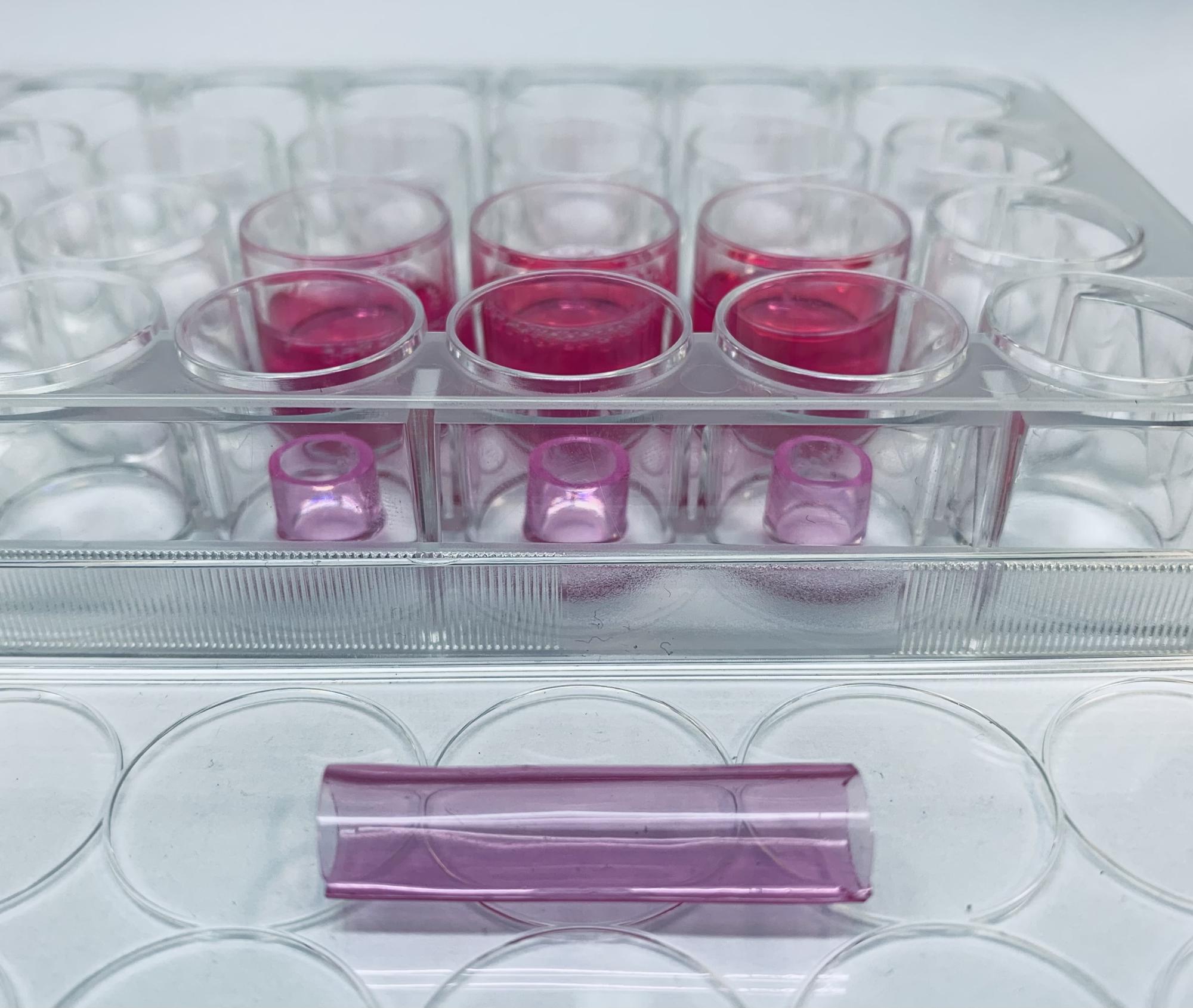The national research project titled "New functional MATerials for 3D printing in UROlogy needs" (acronym MATURO 3D) with agreement number TECHMATSTRATEG2/407770/2/NCBR/2020 has a total project value of 7,666,221.00 PLN. The project duration is from May 1, 2020, to December 31, 2024, and it is financed by the National Centre for Research and Development within the Strategic Research and Development Programme "Modern material technologies" (TECHMATSTRATEG).
Partners involved in the project include: Lodz University of Technology, Warsaw University of Technology, Nicolaus Copernicus University in Toruń, and Sygnis S.A. The project is led by Dorota Bociąga.
The main goal of the project is to develop materials capable of producing structures used in reconstructive treatment of urethral defects in children and adults. The main reason for researching a material introducing such a solution in urology is the scale of the problem and the almost complete lack of implants allowing the reconstruction of the natural urethra. Hypospadias is the most common defect of the male reproductive system in boys, occurring in 1 in 200 male newborns. In adults, 1 in 600 men requires surgical intervention for urethral issues. Among men over 55 years of age, the number of potential patients increases due to the widespread use of endoscopic treatment for prostate enlargement, which can lead to narrowing of the urethral lumen. Repair procedures in the urethral area are performed using the patient's own tissues, such as foreskin, penile skin, or oral vestibule mucosa. However, all these procedures are associated with a very high risk of complications, which often lead to the necessity of creating an overbladder urinary diversion. Therefore, it is extremely important to develop a material that can be used in such repair procedures. The final product, whether in the form of a stent or a catheter, will provide doctors with new possibilities for treating defects and injuries of the organ. The amount of material necessary for urethral reconstruction will then be unlimited, which is a significant problem with current surgical techniques involving native tissue retrieval (from the patient). In addition to material aspects, the project also focuses on the development of a 3D bioprinter capable of printing materials (biotissues and filaments) with extremely different printing temperatures (from 32°C to 180°C) and producing tubular structures containing living biological material in a single-step process under sterile conditions.
